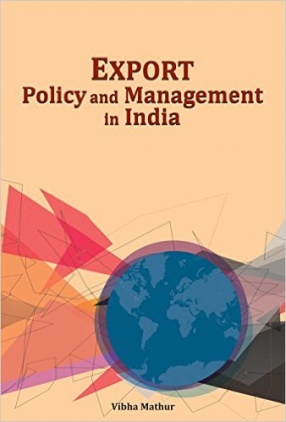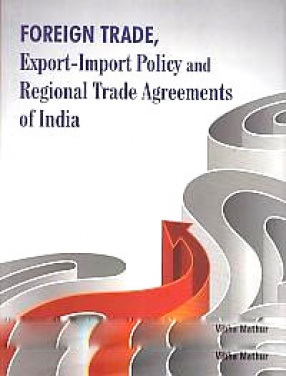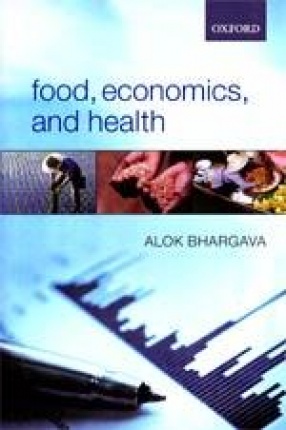For about 40 years (1950-90), foreign trade of India suffered from strict bureaucratic and discretionary controls. Beginning 1991, the Government of India introduced a series of reforms to liberalise and globalise the Indian economy. Reforms in the external sector of India were intended to integrate the Indian economy with the world economy. The major trade policy changes in the post-1991 period have included simplification of procedures, removal of quantitative restrictions, and substantial reduction in the tariff rates.
India’s approach to openness has been cautious, contingent on achieving certain preconditions to ensure an orderly process of liberalisation and ensuring macroeconomic stability.
Foreign Trade Policy (FTP) for the period 2015-20 announced by the Government on April 1, 2015 visualises increase in India’s exports of merchandise and services from US$ 465.9 billion in 2013-14 to approximately US$ 900 billion by 2019-20 and to raise India’s share in world exports from 2 percent to 3.5 percent.
The products wherein India has the maximum presence in international market in terms of export share are spices, marine products, precious and semi-precious stones and textiles. Recent trends, however, indicate that the commodity structure of India’s exports has slowly begun to shift towards higher technology intensive manufactures.
According to Trade Profiles, 2014 of the World Trade Organization (WTO), India’s share in total world exports was 1.66 percent in 2013 whereas its share in total world imports was 2.47 percent for the same year. The main destinations of India’s exports are European Union, United States, United Arab Emirates, China and Singapore.
The greatest challenge facing the Indian economy is to enhance its productivity and competitiveness so as to achieve a sustained growth in exports of goods and services.








There are no reviews yet.